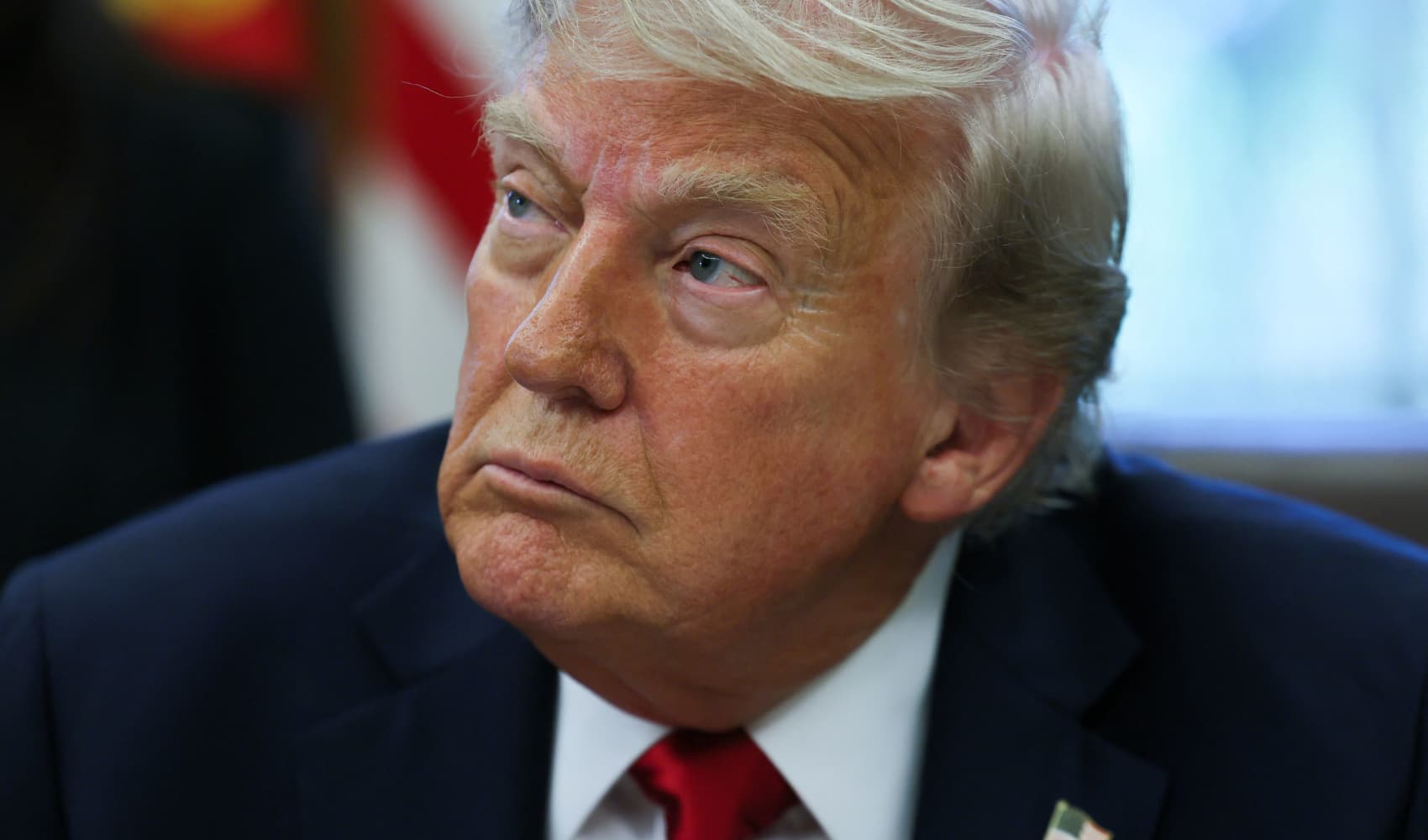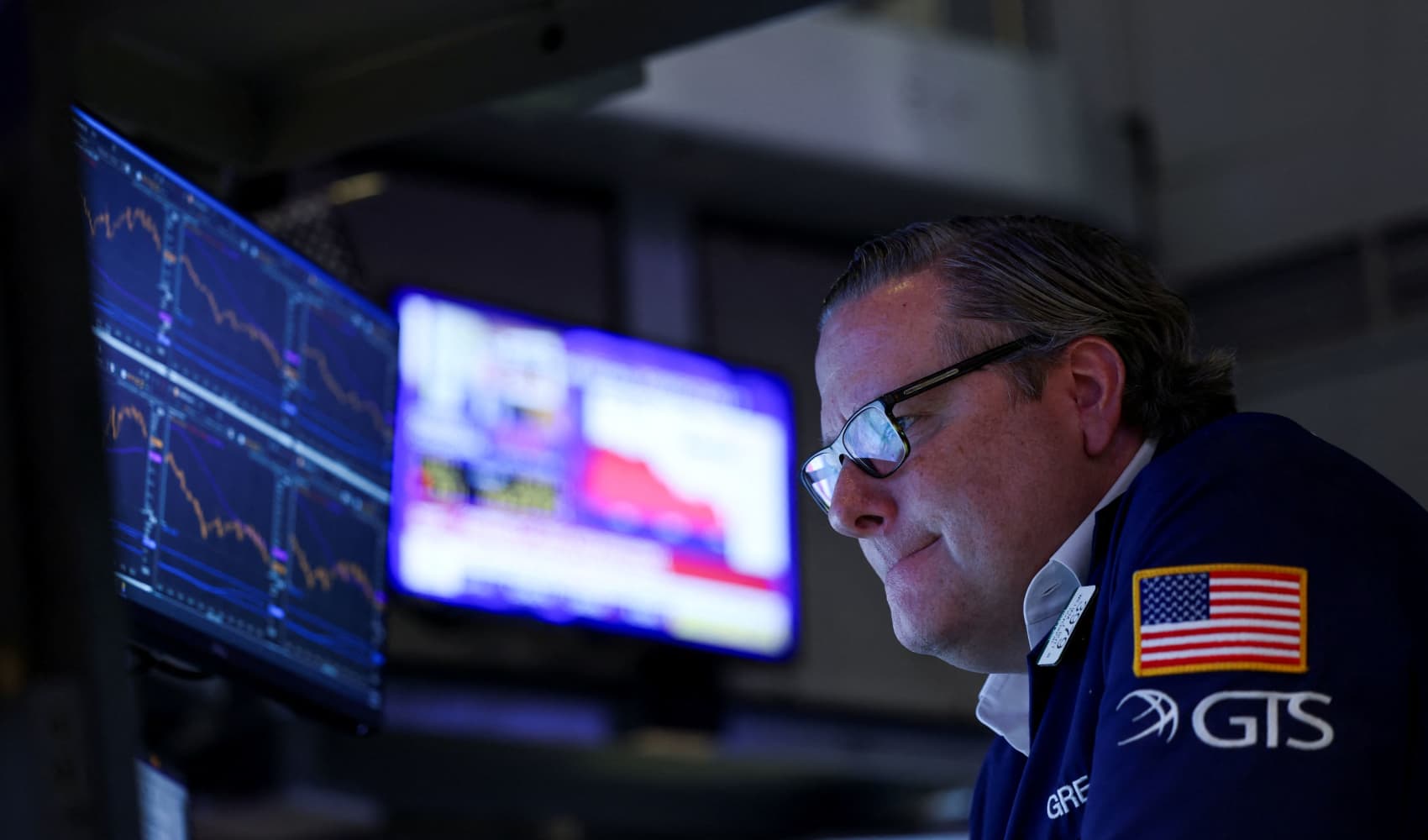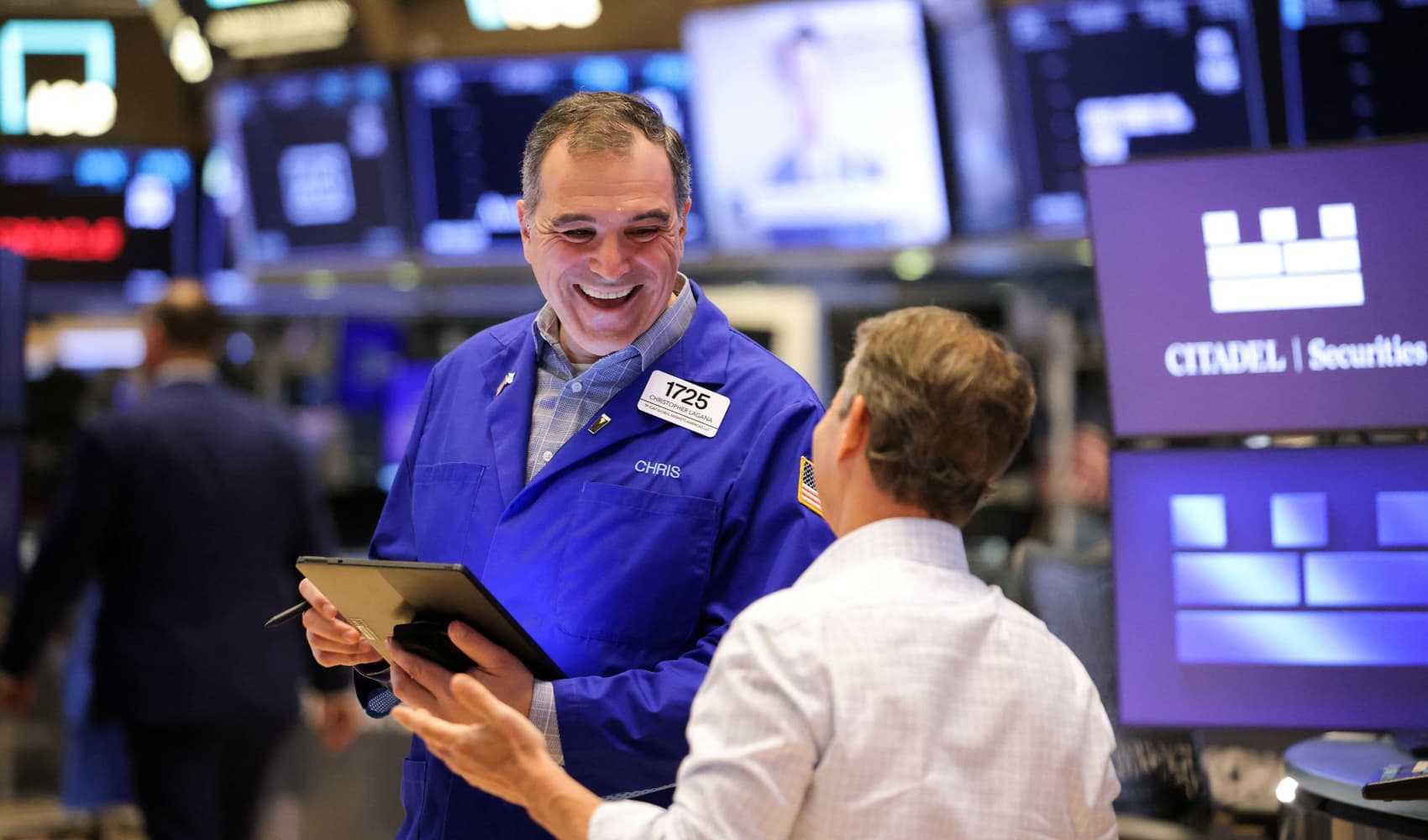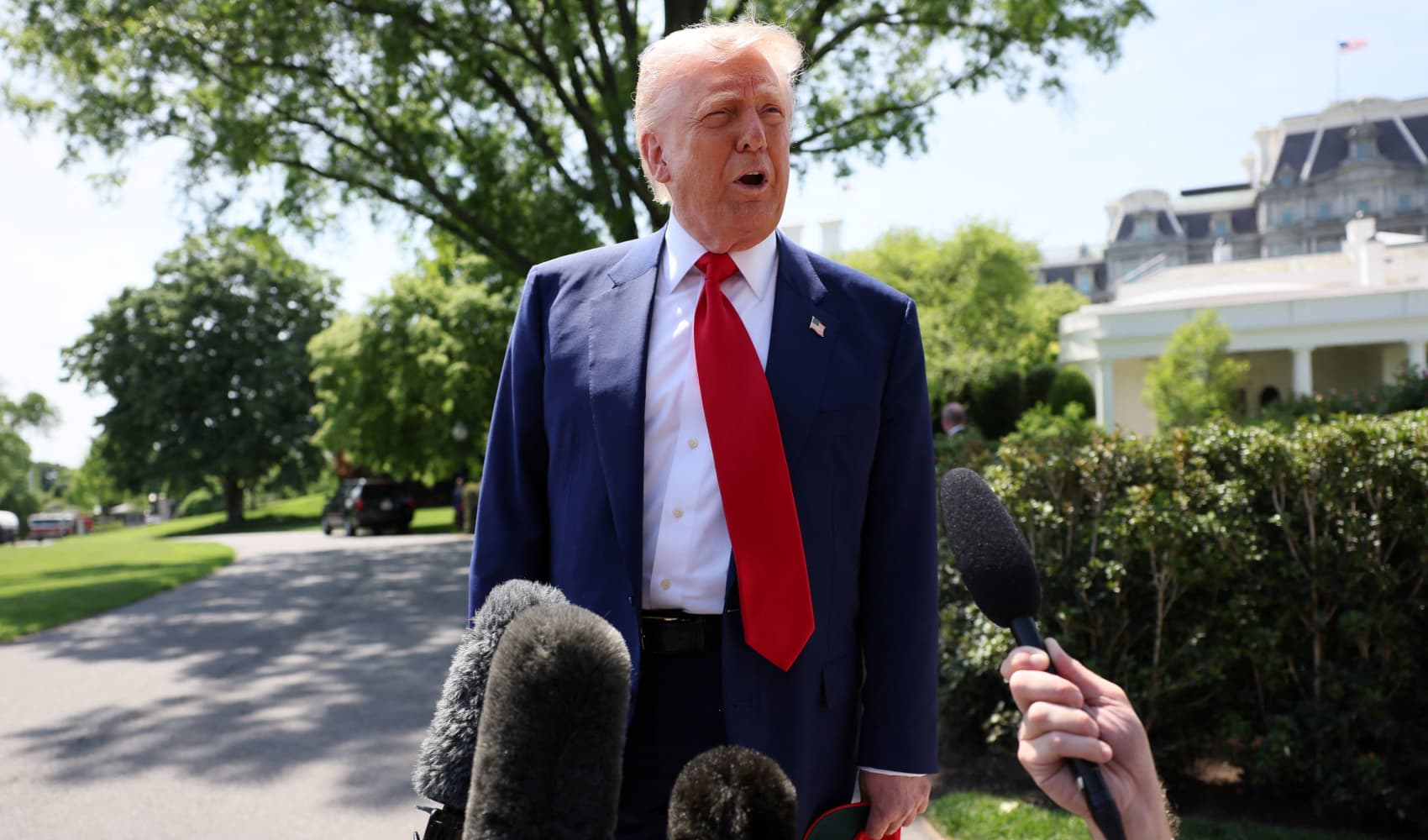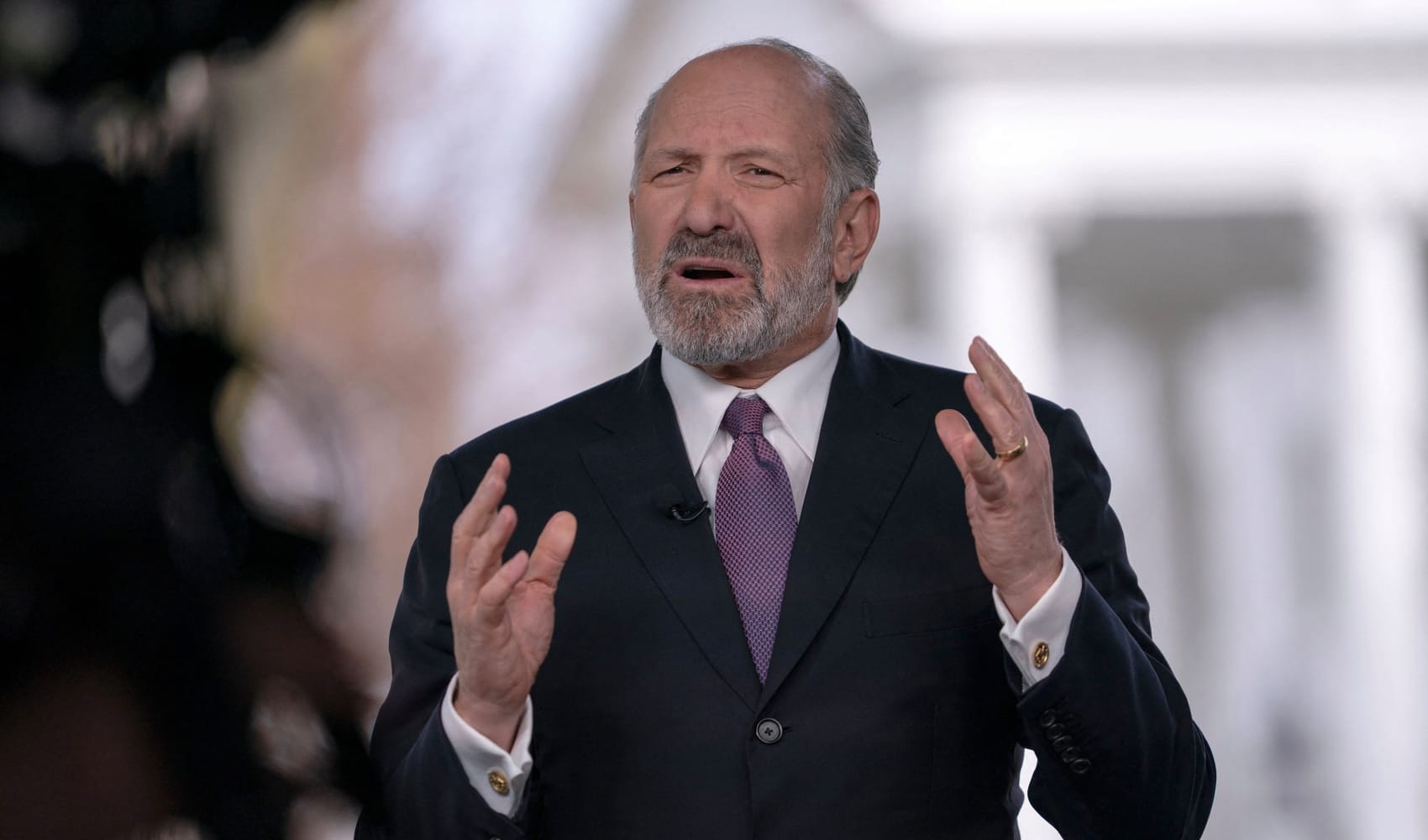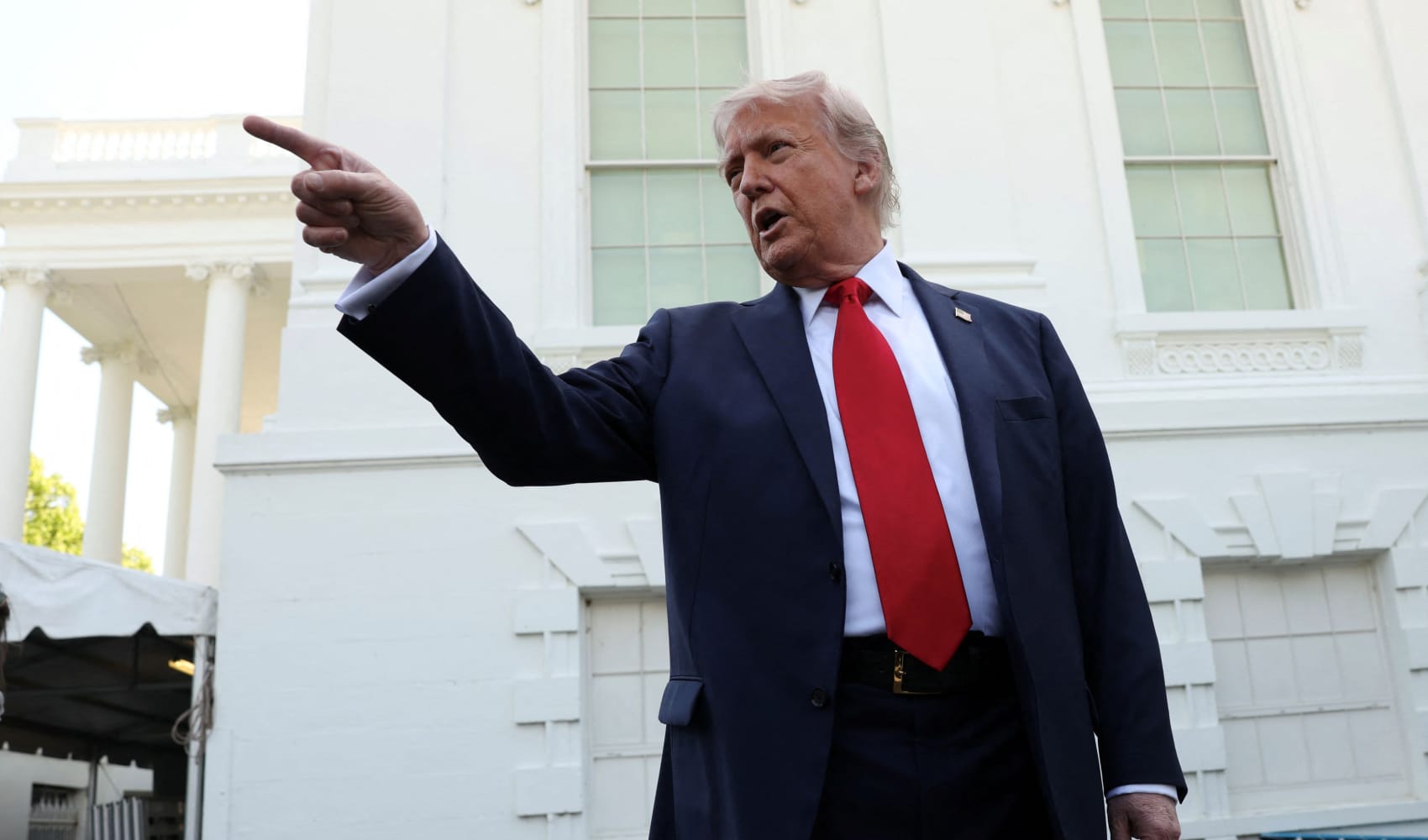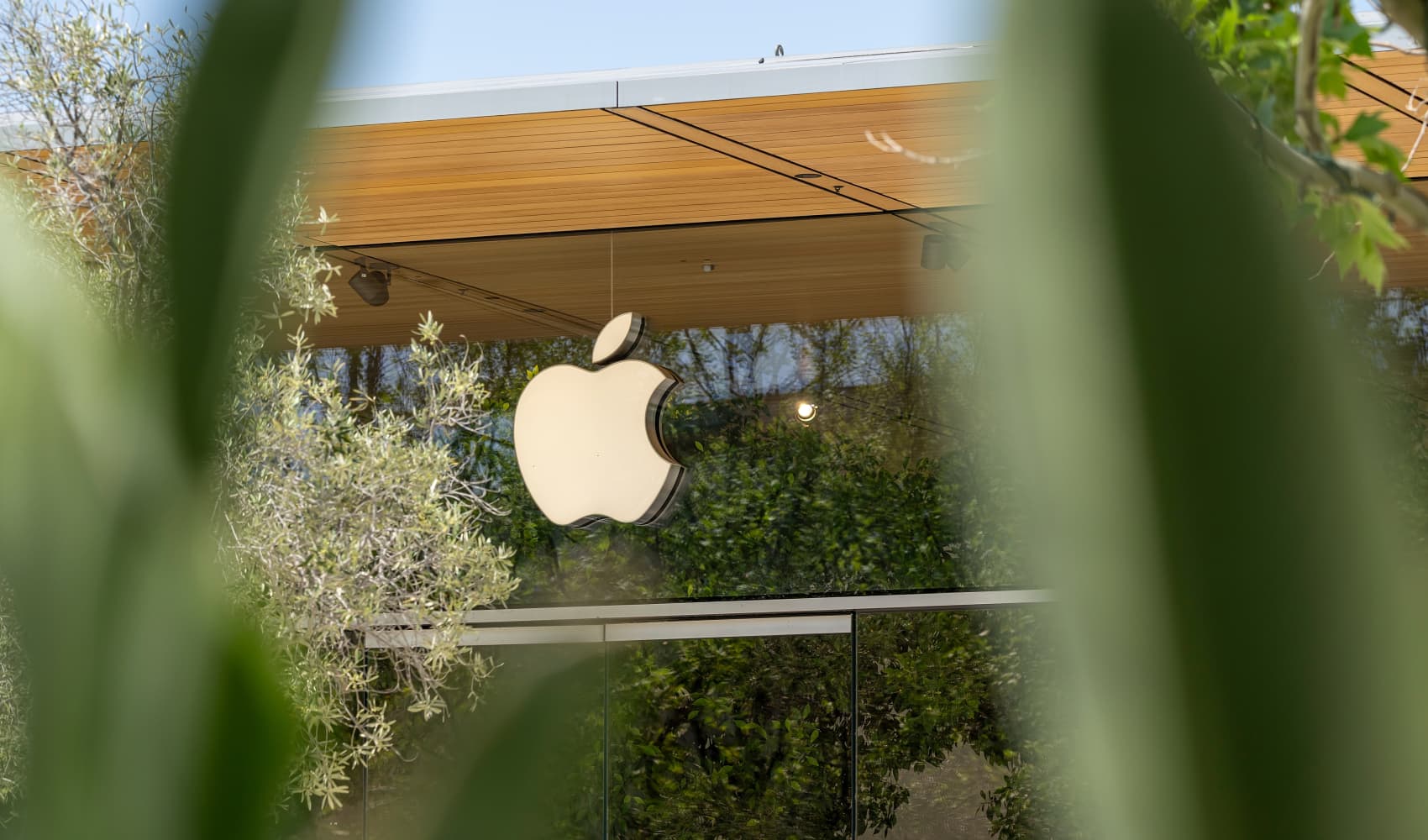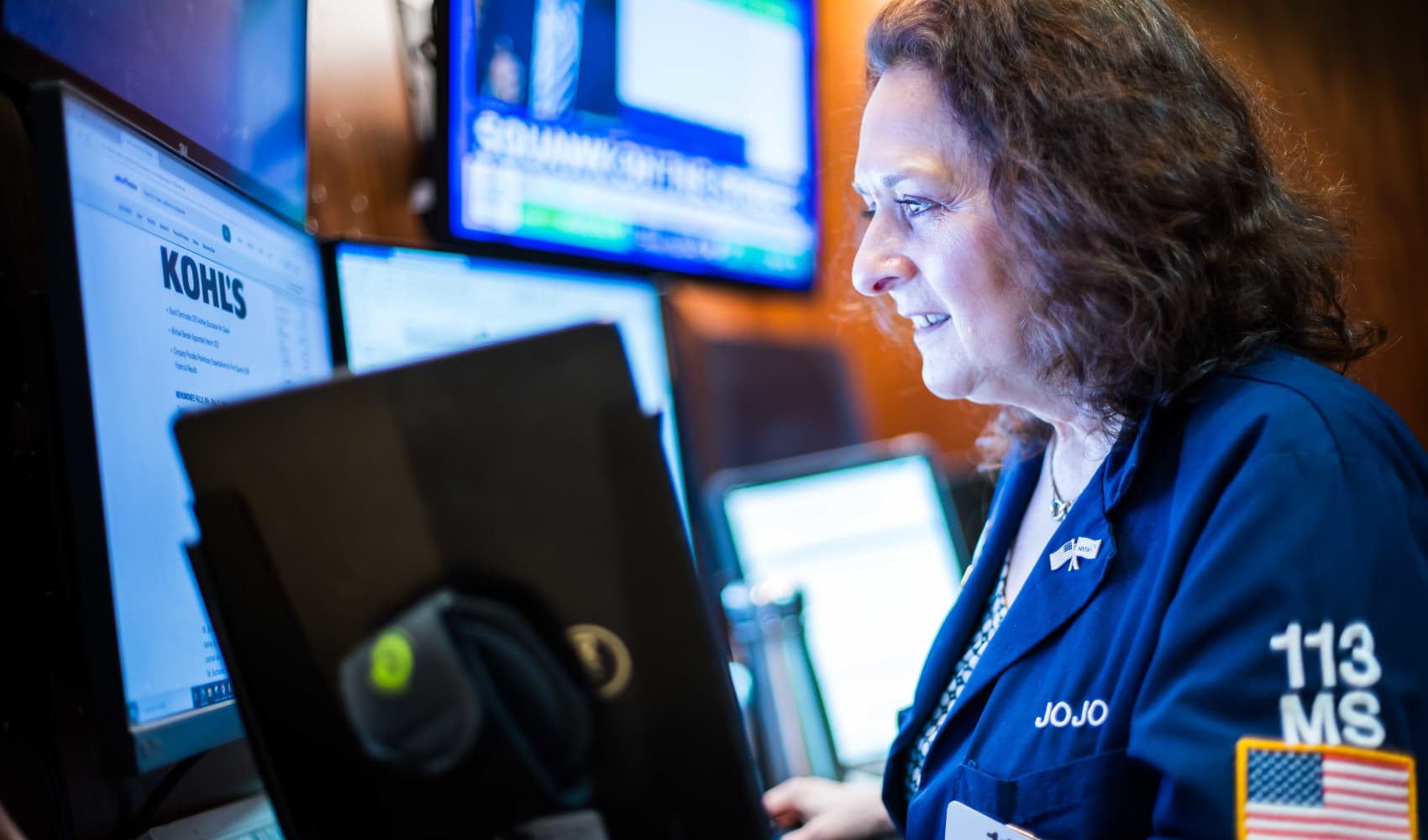Tariffs Hurt Us All? EU's Warning & Trade Deal Urgency
Tariff Tango: How Trade Wars Could Hurt Everyone's Wallets
Introduction: The Looming Shadow of Tariffs
Imagine a world where the price of your favorite cheese skyrockets, your car becomes significantly more expensive, and even the simplest everyday items cost a small fortune. Scary, right? That's the potential reality we're facing if global trade wars escalate, and tariffs are the primary weapon of choice. European officials are sounding the alarm, highlighting the potential economic damage that could befall both Europe and the United States if they can't reach a trade agreement. The stakes are high, and the clock is ticking.
The Optimism Amidst Uncertainty: Can a Deal Be Struck?
Despite the tension, there's a glimmer of hope. European officials express optimism about reaching a trade deal with the U.S., specifically with President Donald Trump (even though the situation has evolved since Trump's presidency). Pascal Donohoe, president of the Eurogroup and finance minister of Ireland, emphasized the need for diligent work to reach a mutually beneficial agreement. But the question remains: can optimism translate into tangible results?
Donohoe's Perspective: Time Is of the Essence
Donohoe’s words ring with urgency: “I do believe an agreement can be reached, but at the same time, I do know we have lots of work that we have to do in order to get to that point.” This isn't just lip service; it's a call to action. The time to negotiate is now, before tariffs become entrenched and irreversible.
What Are Tariffs, Anyway? A Quick Primer
Understanding the Basics
Let's break it down. A tariff is essentially a tax on imported goods. When a country imposes a tariff, it makes imported goods more expensive, which theoretically encourages consumers to buy locally produced items. Sounds good in theory, but the reality is often far more complex. Think of it like a levy on goods crossing borders.
How Tariffs Affect Consumers
Ultimately, consumers bear the brunt of tariffs. Companies importing goods pass on the extra cost to their customers, leading to higher prices for everyday items. Imagine your grocery bill suddenly increasing by 10% or 20% simply because of tariffs. That's a real possibility.
The EU-US Trade Relationship: A Critical Partnership
The Importance of Trade
The trade relationship between the European Union and the United States is one of the largest and most important in the world. It supports millions of jobs and generates billions of dollars in economic activity. Disrupting this relationship with tariffs would have far-reaching consequences.
The Current State of Negotiations
Negotiations are ongoing, but they're fraught with challenges. Both sides have different priorities and perspectives, making it difficult to find common ground. The threat of tariffs hangs heavy in the air, adding pressure to the discussions.
The Economic Impact: A Double-Edged Sword
The Potential Harm to Europe
If the U.S. imposes tariffs on EU goods, European businesses will suffer. They'll find it harder to compete in the American market, leading to reduced sales, job losses, and slower economic growth. It’s a blow to the heart of European industry.
The Potential Harm to the U.S.
Contrary to what some might believe, tariffs aren't a one-way street. They can also harm the U.S. economy. American businesses that rely on imported materials will face higher costs, which they'll likely pass on to consumers. Retaliatory tariffs from the EU could also hurt U.S. exports. Imagine American farmers unable to sell their products overseas because of EU tariffs.
Countermeasures: A Tit-for-Tat Trade War
The Risk of Escalation
The biggest danger is that tariffs lead to a trade war, where countries retaliate against each other with escalating tariffs. This can create a vicious cycle of protectionism, harming everyone involved. It's like two children arguing in the sandbox, escalating from name-calling to throwing sand.
EU Countermeasures
The EU has already prepared a list of countermeasures it will impose if the U.S. goes ahead with its tariffs. These countermeasures would target key U.S. exports, aiming to inflict economic pain and pressure the U.S. to reconsider its position.
Beyond Economics: The Geopolitical Implications
Damaging International Relations
Trade wars can strain international relations, undermining trust and cooperation between countries. This can have broader geopolitical consequences, making it harder to address global challenges like climate change and security threats.
Weakening the Western Alliance
A trade war between the EU and the U.S. would weaken the Western alliance, making it more difficult to confront common adversaries. It's like two siblings fighting, making their family vulnerable to outside threats.
The Alternative: A Mutually Beneficial Trade Deal
What a Good Trade Deal Looks Like
A good trade deal would eliminate tariffs and other trade barriers, creating a level playing field for businesses on both sides of the Atlantic. It would also address other important issues like regulatory cooperation and intellectual property protection.
The Benefits of Free Trade
Free trade promotes economic growth, creates jobs, and lowers prices for consumers. It also fosters innovation and competition, leading to better products and services. It's a win-win situation for everyone involved.
Navigating the Challenges: What Needs to Be Done
Communication and Compromise
Reaching a trade deal requires open communication, a willingness to compromise, and a focus on finding mutually beneficial solutions. Both sides need to understand each other's concerns and be prepared to make concessions.
Addressing Specific Issues
There are specific issues that need to be addressed, such as agricultural subsidies, automotive regulations, and digital trade rules. These issues are complex, but they can be resolved through careful negotiation.
The Role of Consumers: Staying Informed and Engaged
Understanding the Impact on Your Wallet
As consumers, it's important to stay informed about trade issues and understand how they could affect your wallet. The more informed you are, the better you can make decisions about your spending and advocate for policies that benefit you.
Supporting Businesses That Promote Fair Trade
You can also support businesses that promote fair trade practices and advocate for trade policies that benefit both consumers and workers. Your choices as a consumer can make a difference.
The Future of Trade: A Crossroads Moment
We're at a crossroads moment in the history of international trade. The decisions made in the coming months will have a profound impact on the global economy and the lives of millions of people. Let's hope that leaders choose the path of cooperation and free trade, rather than the destructive path of protectionism and trade wars.
Conclusion: Avoiding the Tariff Trap
In conclusion, European officials are right to warn about the potential harm of tariffs. A trade war between the EU and the U.S. would be detrimental to both economies, as well as to international relations. While optimism remains about reaching a trade deal, significant work is required to bridge the divide. It's crucial for both sides to prioritize communication, compromise, and a commitment to finding mutually beneficial solutions. The alternative – a tariff-ridden future – is simply not a viable option.
Frequently Asked Questions (FAQs)
Q1: What exactly is a tariff, and how does it work?
A tariff is essentially a tax imposed on imported goods. When a country levies a tariff, it increases the cost of these goods, making them more expensive for consumers and businesses within the importing country. This is often done to protect domestic industries from foreign competition, but it can also lead to higher prices for consumers.
Q2: How would tariffs impact the average consumer in the EU and the U.S.?
Tariffs could lead to increased prices on a wide range of goods, from food and clothing to electronics and automobiles. This is because businesses often pass on the cost of tariffs to consumers. For example, if the U.S. imposes a tariff on European cheese, the price of that cheese will likely increase in American grocery stores.
Q3: What are some potential countermeasures the EU could take if the U.S. imposes tariffs?
The EU has several options for countermeasures, including imposing its own tariffs on U.S. goods. These tariffs would likely target key U.S. exports, such as agricultural products, machinery, and manufactured goods. The goal is to inflict economic pain on the U.S. and encourage them to reconsider their tariff policies.
Q4: Why is a strong trade relationship between the EU and the U.S. so important?
The EU and the U.S. have one of the largest and most important trade relationships in the world. It supports millions of jobs and generates billions of dollars in economic activity. A disruption to this relationship, such as through a trade war, could have significant negative consequences for both economies.
Q5: What can individuals do to stay informed and potentially influence trade policies?
Stay informed about trade issues by reading news from reputable sources and following discussions on social media. Contact your elected officials to voice your concerns about trade policies and advocate for policies that benefit consumers and workers. Support businesses that promote fair trade practices and responsible sourcing.
